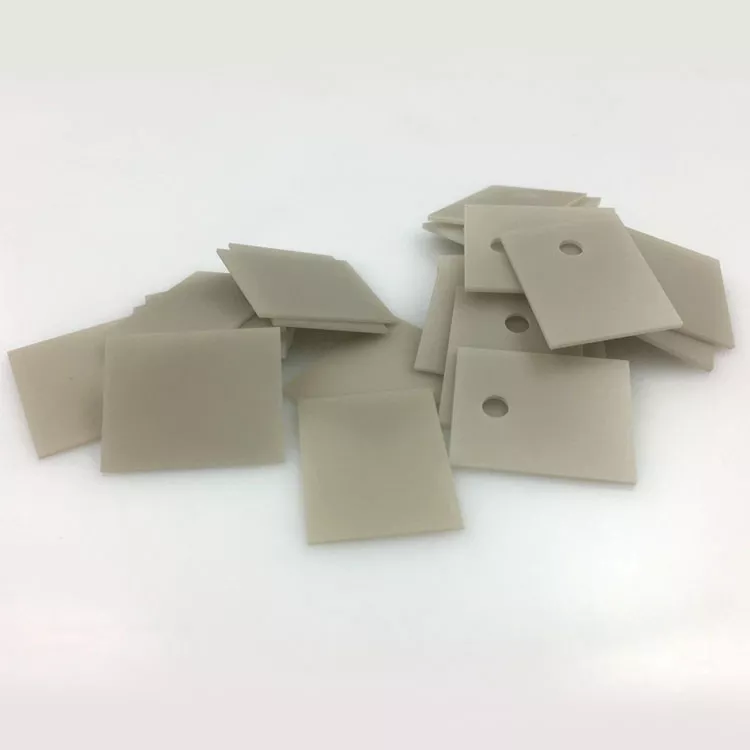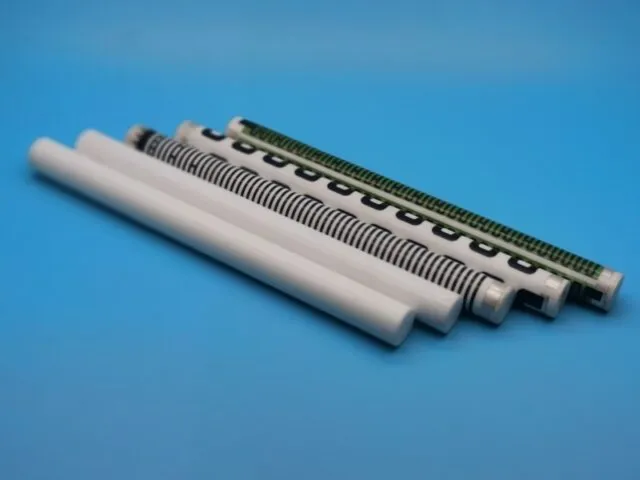Aluminum nitride (AlN) is a synthetically produced crystalline material featuring a hexagonal wurtzite crystal structure. As a compound with strong covalent bonding, it exhibits a combination of lightweight properties, high mechanical strength, outstanding heat resistance, and corrosion stability. While historically used in applications such as aluminum melting crucibles, it has now emerged as a high-performance electronic ceramic material.
AlN ceramics are characterized by high thermal conductivity, a low coefficient of thermal expansion, high mechanical strength, stability at elevated temperatures, and resistance to chemical corrosion. They also possess high electrical resistivity and low dielectric loss, making them an excellent choice for heat dissipation substrates and packaging materials in large-scale integrated circuits. These properties establish AlN as a primary raw material for manufacturing highly thermally conductive ceramic substrates.
Key Advantages of Aluminum Nitride Ceramic Substrates:
- Superior thermal conductivity
- Low dielectric constant
- Minimal dielectric loss
- Reliable electrical insulation
- Excellent mechanical strength and non-toxic nature
- High temperature stability and chemical corrosion resistance

Given these attributes, aluminum nitride substrates are increasingly used in the rapidly advancing field of microelectronics. They are well-suited for applications in communication equipment, high-brightness LEDs, and power electronics.
The thermal conductivity of aluminum nitride single crystals can reach up to 250 W/(m·K), with theoretical values approaching 320 W/(m·K) at room temperature. This makes AlN an ideal material for high-heat-dissipation substrates. As a newer solution for managing high thermal load densities, AlN ceramic substrates are particularly suitable for highly integrated circuits and hybrid modules requiring efficient thermal management, including semiconductor chip mounting.
For instance, ceramic thermally conductive interface pads—such as those offered by INNOVA Supplies—leverage materials like alumina and aluminum nitride to deliver enhanced thermal transfer and reliable electrical insulation. These pads fill air gaps caused by imperfect surface contact, creating an efficient thermal pathway between heat-generating components, heat sinks, and other cooling assemblies.
Typical Applications of Aluminum Nitride Ceramic Substrates Include:
- Power devices
- MOSFET transistors
- Heat sink interfaces
- Integrated circuit (IC) chip carriers
- Packaging thermal management
- LED board thermal interface materials (TIMs)
- MOS transistors
- Chip-on-film (COF) heat conduction
- IGBT transistor heat sinks



